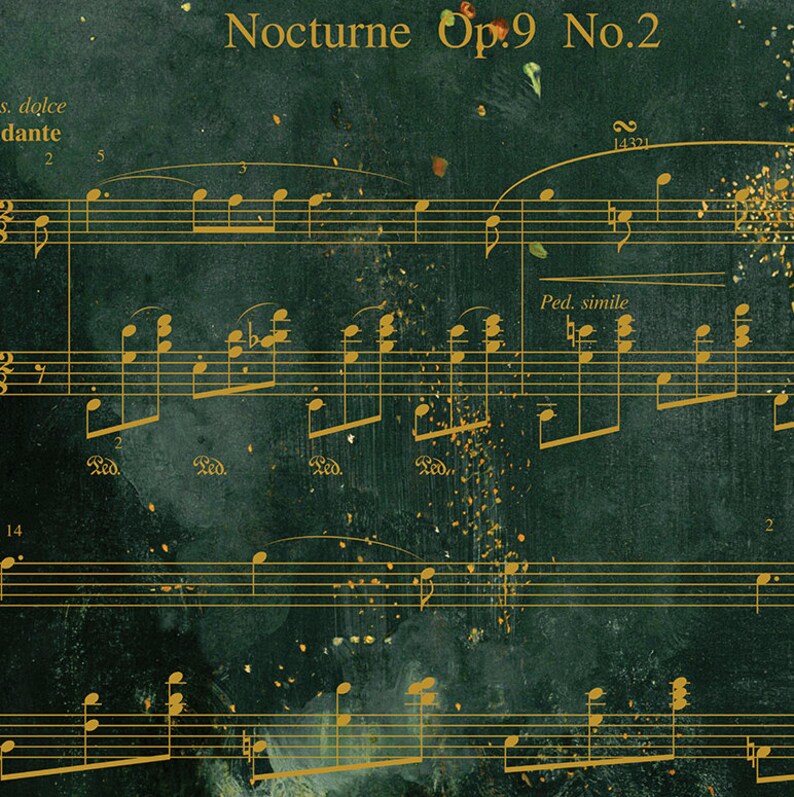



Jeeyoon’s YouTube Channel to watch the live performances/vlogs/performance tips etc! AND! Join me my Funday Live (every Sunday at 2 pm PST during COVID 19) Subscribe to my newsletter and get latest posts directly to your inbox! I write bi-weekly newsletter with some thoughts, life lessons and interesting articles I discovered during those weeks. To take my new course, "The Secrets of How to Memorize Music" on Skillshare for free, please use this link To leave a voice or a written comment, please go to Jeeyoon's Websiteĭo you love the podcast? Be a supporter of the show! Please go to What could you imagine with this piece? Can you think of new title? What were you thinking while listening? Any story comes in your mind listening? Please share it with me! I would love to hear from you! 2.Today, we are exploringChopin Nocturne Op. In what may or may not be a curious coincidence, they share opus number and tonal centers (c sharp minor and D flat major) with the movements of Beethoven’s “Moonlight” Sonata Op. They mark the transition to Chopin publishing Nocturnes in pairs instead of three Nocturnes per opus. 27 were written in 1836 and published in 1837. Similarly to its sibling Nocturne, the melody is occasionally joined by an additional voice, forming a passionate duet, the poetic significance of which is up to the pianist to decipher.īackgroundThe Nocturnes of Op. It features many of the hallmarks of Chopin's style - an undulating accompaniment figure of widespread broken chords, a beautiful melody extensively ornamented with fioritura figurations and other creative inspirations, creative harmonic progressions, and a certain underlying bittersweetness even though the piece's key is in the major. Sign up to listen & download > Bittersweet Bel CantoThe D flat major Nocturne is one of Chopin's most popular compositions and a wonderful example of the love for bel canto opera that so often inspired him.


 0 kommentar(er)
0 kommentar(er)
